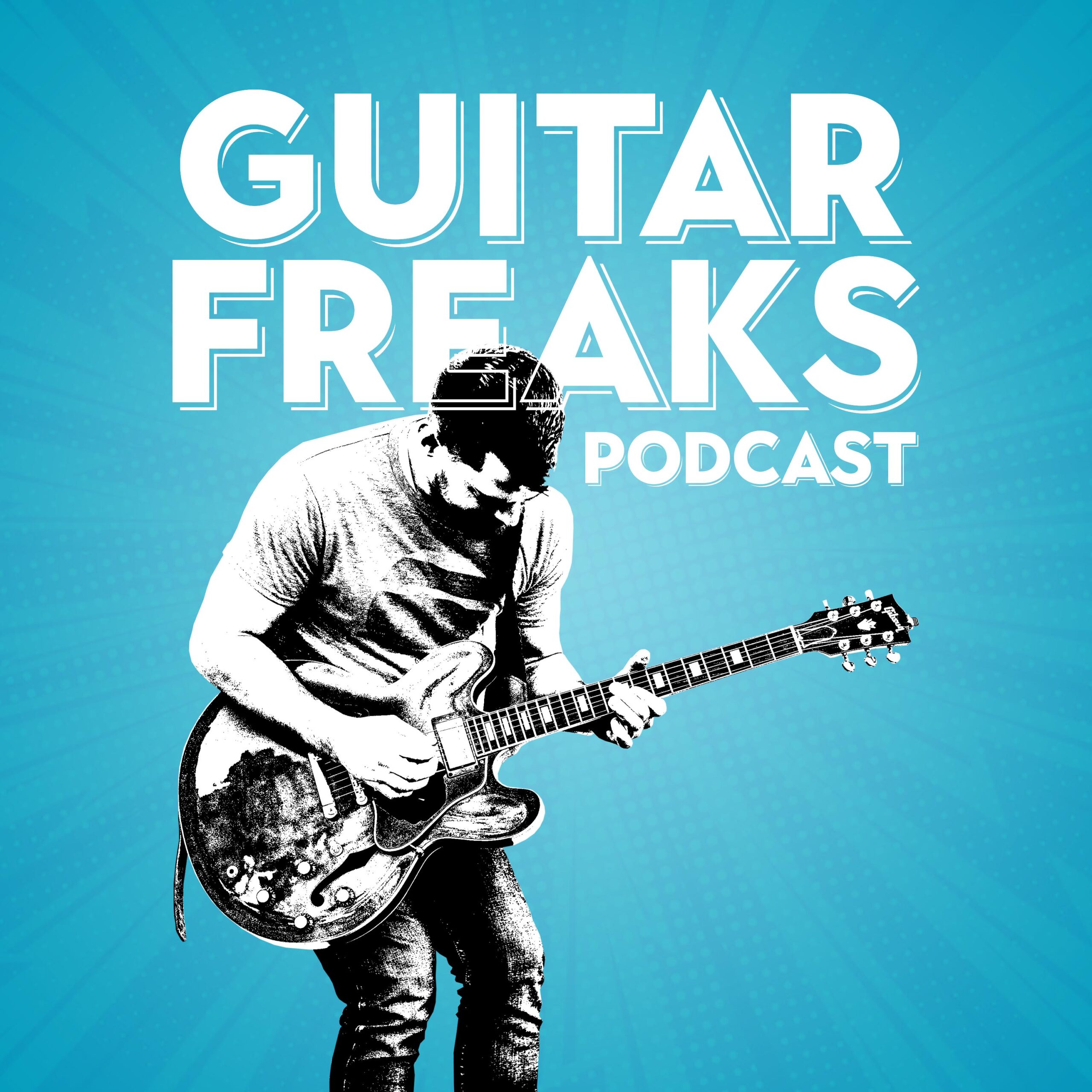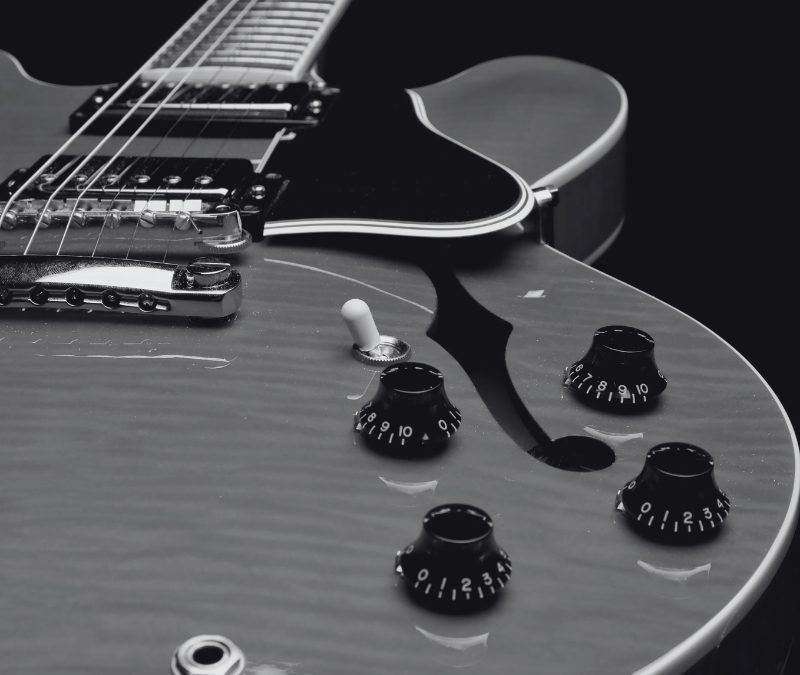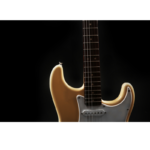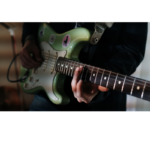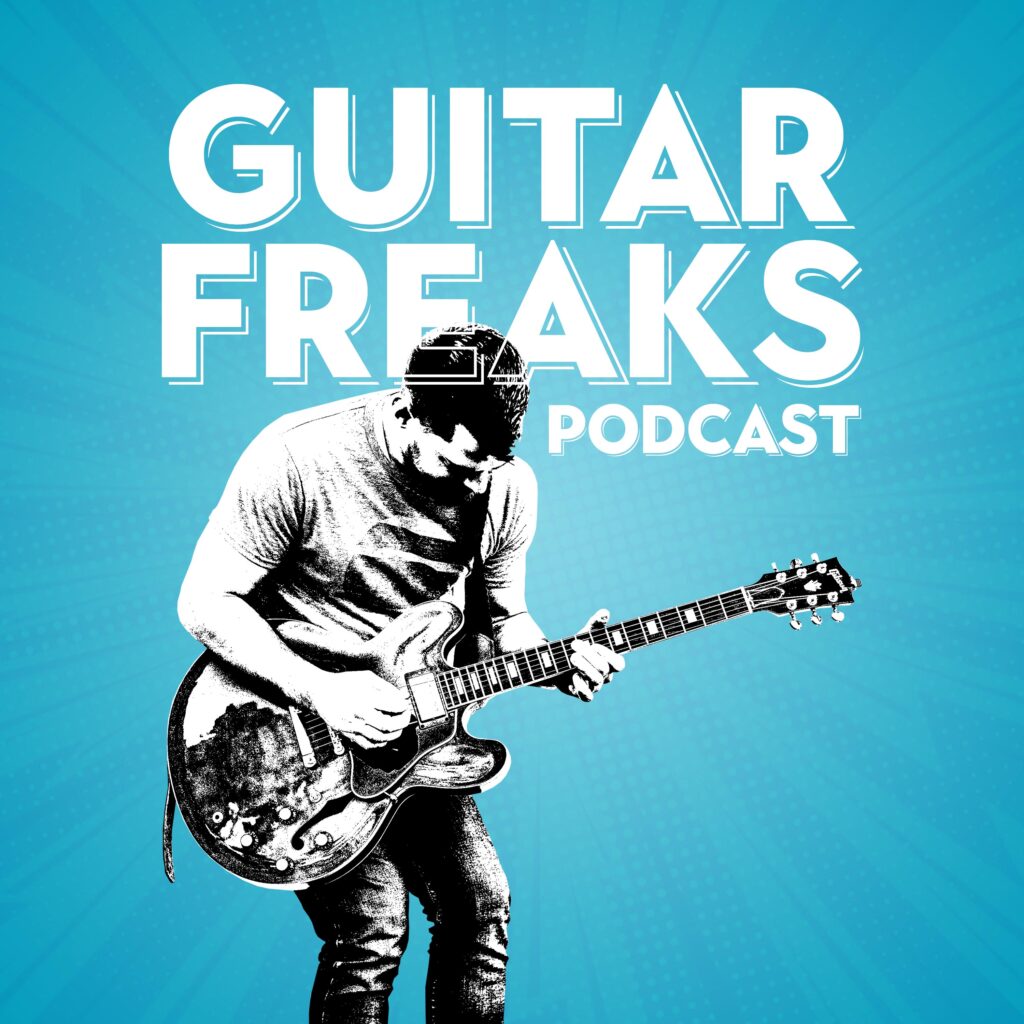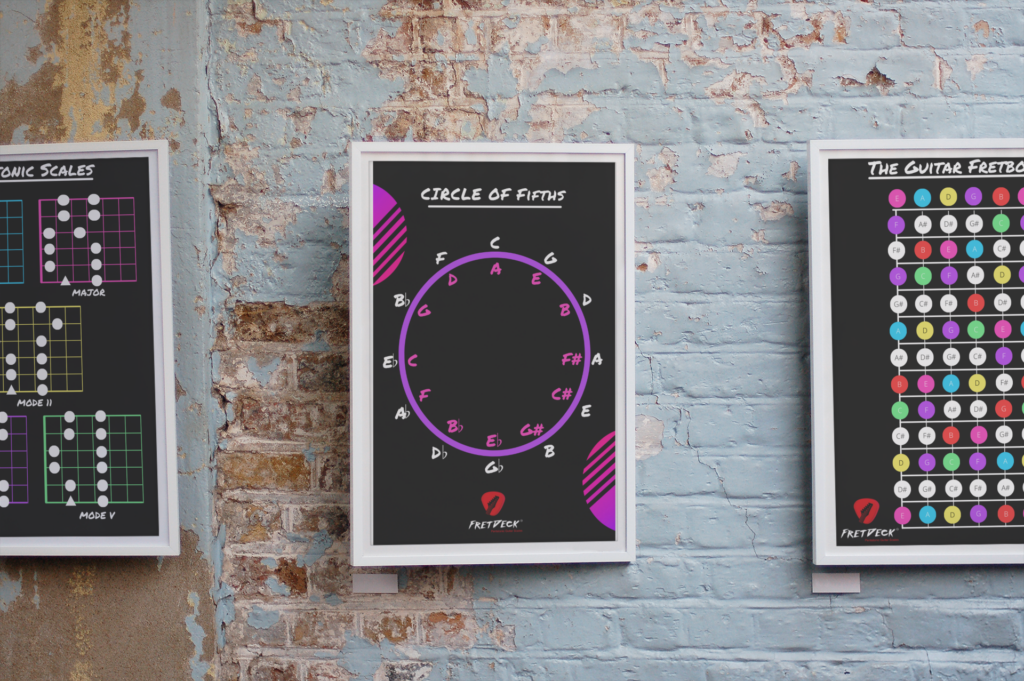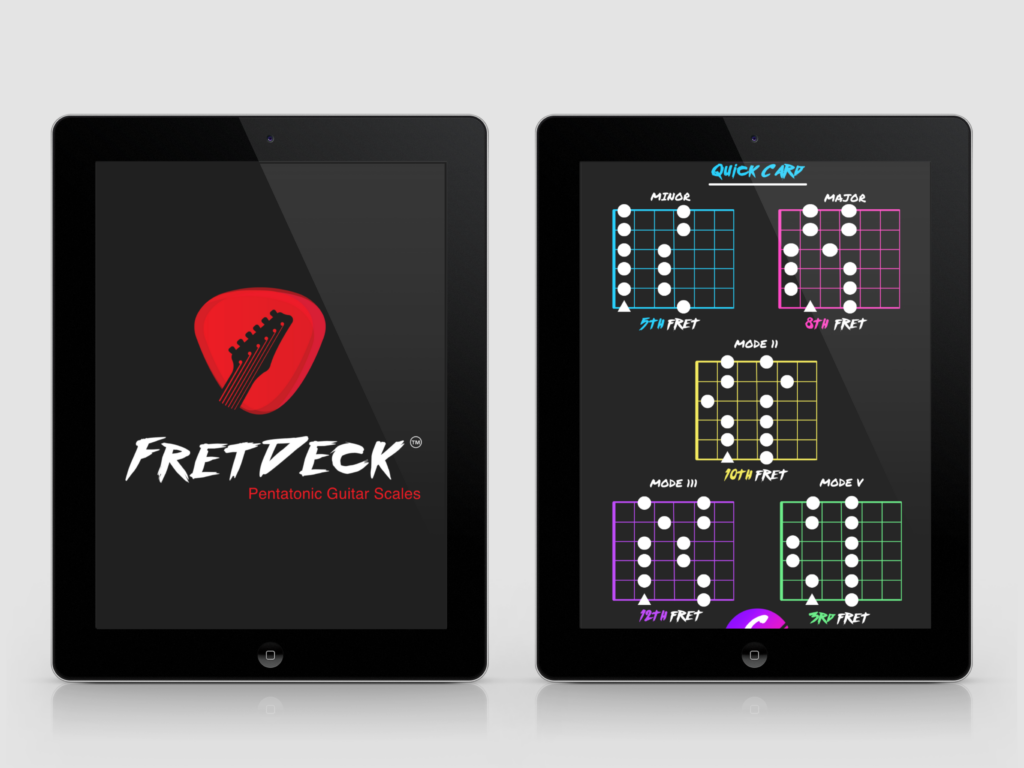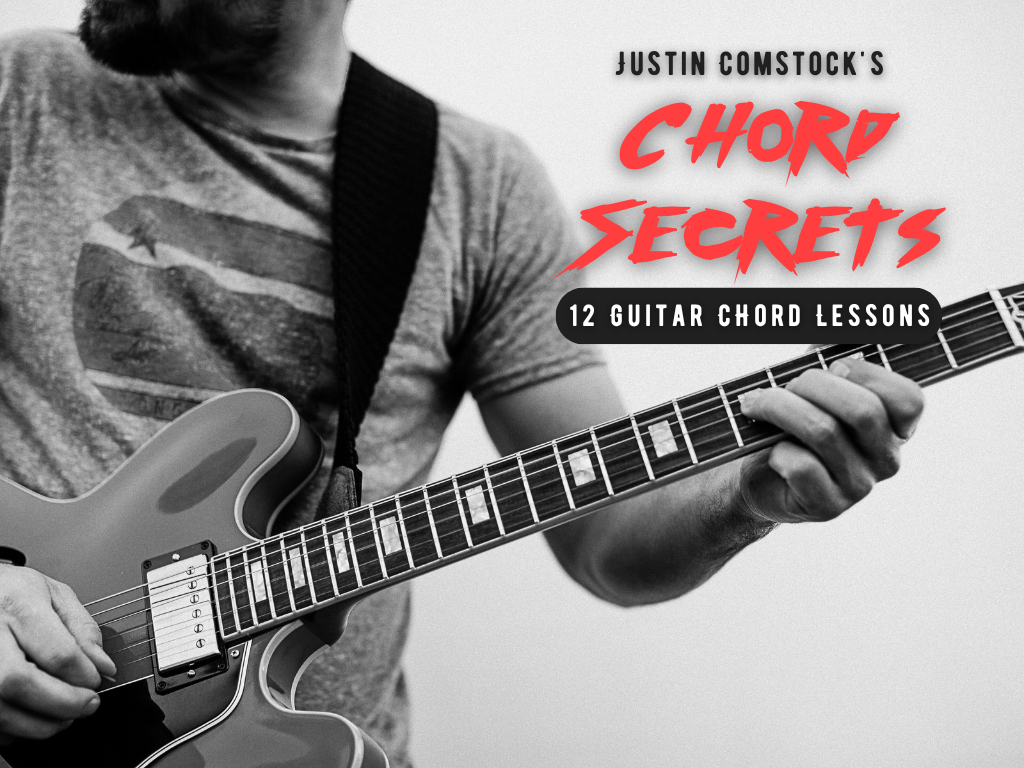If you play blues guitar and don’t study B.B. King, you’re skipping a chapter that wrote the whole book.
From his unmistakable vibrato to his ability to tell a story with just five notes, B.B. King transformed the electric guitar into a voice that spoke across generations. His playing isn’t about complexity—it’s about connection.
“I’m trying to get people to feel what I feel. That’s all.” – B.B. King
In this post, we’re going to take a deep look at the guitar style of B.B. King—what makes it tick, how he used space and phrasing like a master, and how you can start learning to speak the blues in his voice.
We’ll break down:
- The essential solos and songs every player should study
- What makes B.B. King’s note choices so powerful
- The structure and tone behind his timeless blues
- And how you can use FretDeck to understand and apply his style on your own fretboard
Let’s dig into the tone, timing, and truth of B.B. King.
🎸 What Made B.B. King’s Guitar Style Unique?
To understand B.B. King, you have to think more like a singer than a shredder.
He didn’t focus on speed or flash. Instead, he worked in major and minor pentatonic scales, often sticking to a single position, and focused 100% of his energy on phrasing.
Core Techniques B.B. King Used:
- Slow, expressive bends (often to the 3rd or 5th)
- Wide vibrato to give each note emotional depth
- Minimalism: only playing what the moment needed
- Call-and-response between vocals and guitar
- Blues phrasing with major pentatonic color (a signature sound)
B.B. King’s tone didn’t come from flashy licks. It came from intentionality—and Lucille, of course.
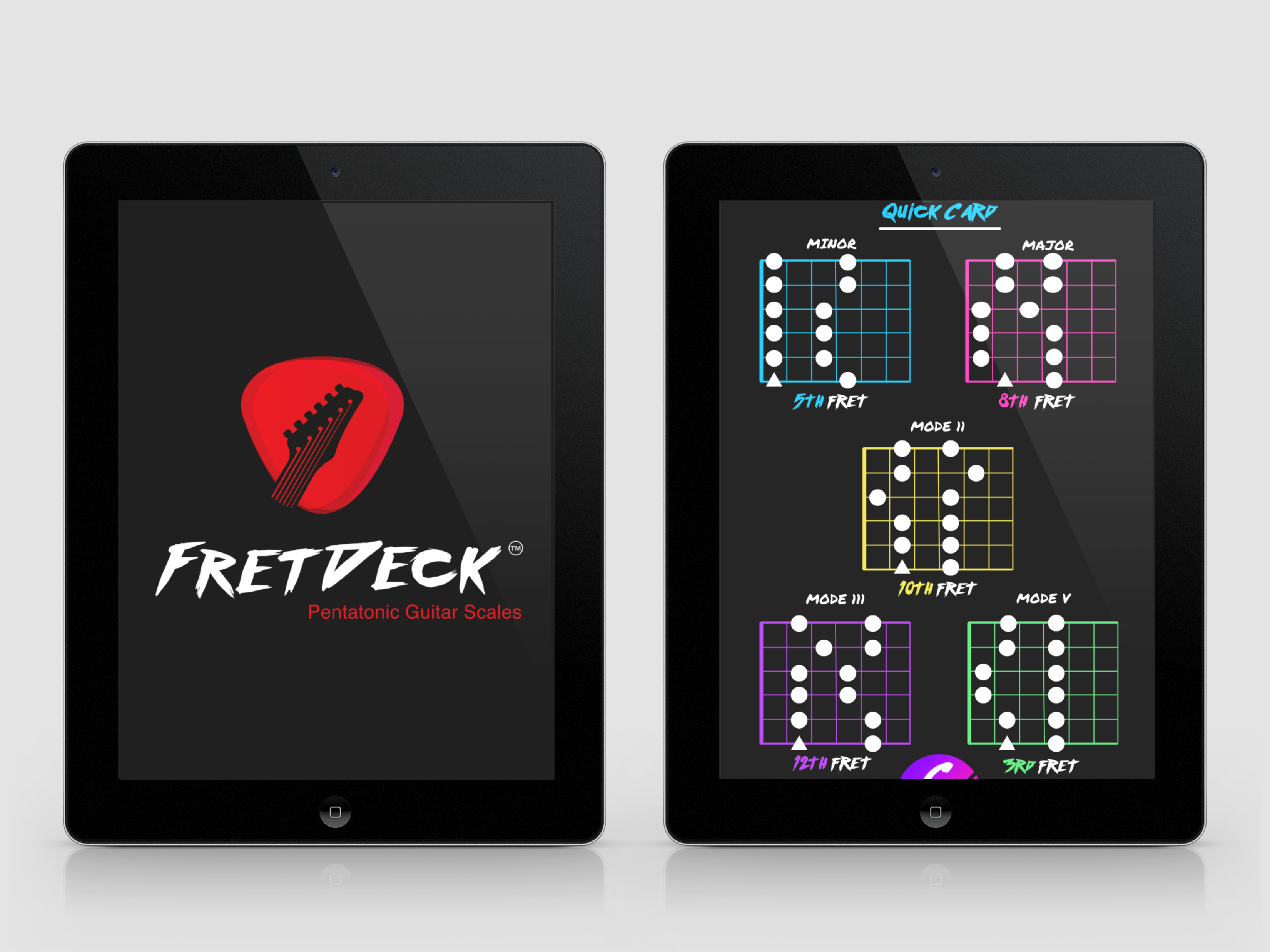
Download The FretDeck & Pentatonic Secrets Course!
Download Our Course
🎧 Essential B.B. King Solos You Must Hear
To really understand B.B. King’s guitar playing, you’ve got to listen with purpose. Let’s break down three of his most iconic solos.
🎵 1. “The Thrill Is Gone” – B.B. King’s Signature Song
Key: B minor
Solo timestamp: 1:45
This solo is a masterclass in economy. B.B. King plays only what needs to be said—and lets the space between phrases do the heavy lifting.
- Uses the B minor pentatonic scale, box 1
- Opens with a bend that could bring tears
- No wasted motion—every note has a job
- Signature vibrato pulls the listener in
Practice tip: Use FretDeck to map the B minor pentatonic on your neck. Play this solo note for note—then try improvising your own lines with the same phrasing ideas.
🎵 2. “Sweet Little Angel” (Live in Africa, 1974)
Key: A major
This is B.B. King in full conversation—with the band, with the audience, and with Lucille.
- Focus on the A major pentatonic scale
- Licks are like vocal phrases: short, sweet, emotive
- Uses slides and subtle bends to suggest emotion rather than overstate it
Guitar Freak Tip: Try switching between A minor and A major pentatonic. b.b. king floated between them to create tension and release.
🎵 3. “How Blue Can You Get” (Live at Cook County Jail, 1971)
Key: C major
This performance is raw and electric. B.B. King guitar becomes an extension of his voice.
- Major pentatonic, box 1
- Call-and-response: he literally “sings” back to himself with his guitar
- One of the best examples of dynamics and tone control
🔥 Load up the C major pentatonic in FretDeck and jam over a backing track. Focus on dynamics and space—not speed.
🎼 The Role of Song Structure in B.B. King’s Guitar Style
While many blues songs follow the standard 12-bar form, B.B. King made structure feel invisible.
His secret? He used guitar phrasing and timing to shape the form. Even when the chord progression was simple, he created narrative tension through dynamics.
Common Structure in B.B. King’s Songs:
- 12-bar blues (I-IV-V)
- Minor key ballads
- Major key shuffles
- Use of the turnaround as a reset or climax moment
And more often than not, B.B. King wouldn’t fill every measure with licks. He’d say something just once—then let it ring.
He let the chord progression carry the listener while his guitar commented on the story.
This made his solos conversational and full of feeling.
🧠 How to Learn the B.B. King Style With FretDeck
Let’s be honest: A lot of players get overwhelmed by theory and positions.
What made B.B. King great wasn’t knowing every mode—it was knowing his zone better than anyone.
That’s where FretDeck can be a game-changer for you.
Here’s what FretDeck helps you do:
- Visualize major and minor pentatonic scales across the neck
- Highlight the “b.b. king Box” around the root note (a small position where he lived)
- Connect chord tones to your soloing—like the 3rd, 5th, and b7
- Learn how to bend into target notes (like B.B. did constantly)
- Practice phrasing—not just running scale patterns
👉 Click here to explore B.B. King-style scales with FretDeck

Download The FretDeck & Pentatonic Secrets Course!
Download Our Course
With FretDeck, you’re not memorizing shapes—you’re learning how to speak the blues fluently.
🛠️ B.B. King Practice Plan (5 Days to Better Phrasing)
Want to internalize B.B. King’s guitar phrasing? Here’s a simple 5-day plan:
Day 1 – Play 5 notes only
Limit yourself to 5 notes in the B minor pentatonic scale. Focus on phrasing.
Day 2 – Major vs. Minor Feel
Play over a backing track and switch between major and minor pentatonic.
Day 3 – Study “The Thrill Is Gone”
Use FretDeck to map the solo, then learn it. Pay attention to bends and pauses.
Day 4 – Call and Response
Record a short lick. Respond to it like you’re having a musical conversation.
Day 5 – Add B.B. to Your Own Playing
Take a song you already play, and add one “B.B.-style” lick or solo section.
Keep it expressive. Keep it simple. Less is more.
🔥 Why B.B. King Still Matters to Every Guitarist
In today’s fast-paced guitar world, it’s easy to forget that one well-placed note can be more powerful than 50 fast ones.
b.b. king is the reason so many players picked up a guitar in the first place—and his playing is more relevant than ever.
He taught us:
- Music is emotion
- Space is music
- Notes mean more when you bend them with feeling
- You don’t need more notes—you need better ones
Whether you’re just starting out or you’re years into your journey, there’s always more to learn from B.B. King.
🚀 Ready to Learn Like B.B. King? Start with FretDeck
If you want to understand B.B. King’s phrasing, learn where he played, and how to turn those shapes into music, FretDeck is for you.
- Visual scale overlays (major/minor pentatonic)
- Interactive practice tools
- Easy-to-understand note targeting
- Works on desktop and mobile
👉 Start your b.b. king-inspired journey with FretDeck today
🎸 Join the Guitar Freaks Hangout on Discord
Want to post your b.b. king-style solos? Need feedback on your phrasing or note choices?
Join the Guitar Freaks Hangout Discord, where blues guitarists swap licks, share tone tips, and dig deep into the music of legends like B.B. King.
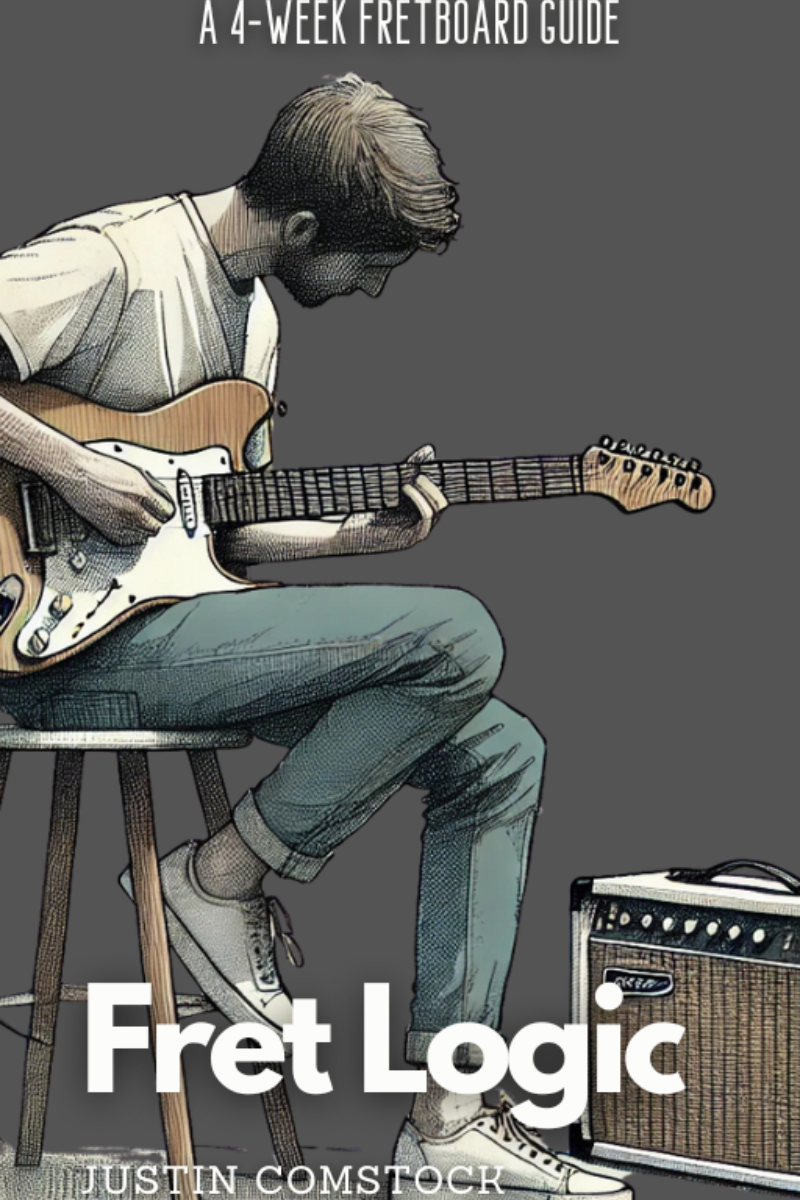
Join Guitar Freaks Hangout on Discord! 🎸
Get Fret Logic FREE!
Join the Guitar Freaks Hangout Discord and get exclusive access to my entire e-book, Fret Logic! Master the fretboard and elevate your solos with this comprehensive guide.
👉 Don’t miss out—join now and download your free copy!
✅ Internal Link:
Interested in blues chords b.b. King might’ve used? Check out our A minor 7 chord guide to explore soulful voicings perfect for slow blues.
🌐 Outbound Link:
Want to read b.b. King’s own words on playing the blues? Here’s a classic Guitar Player interview where he breaks down his thought process.
